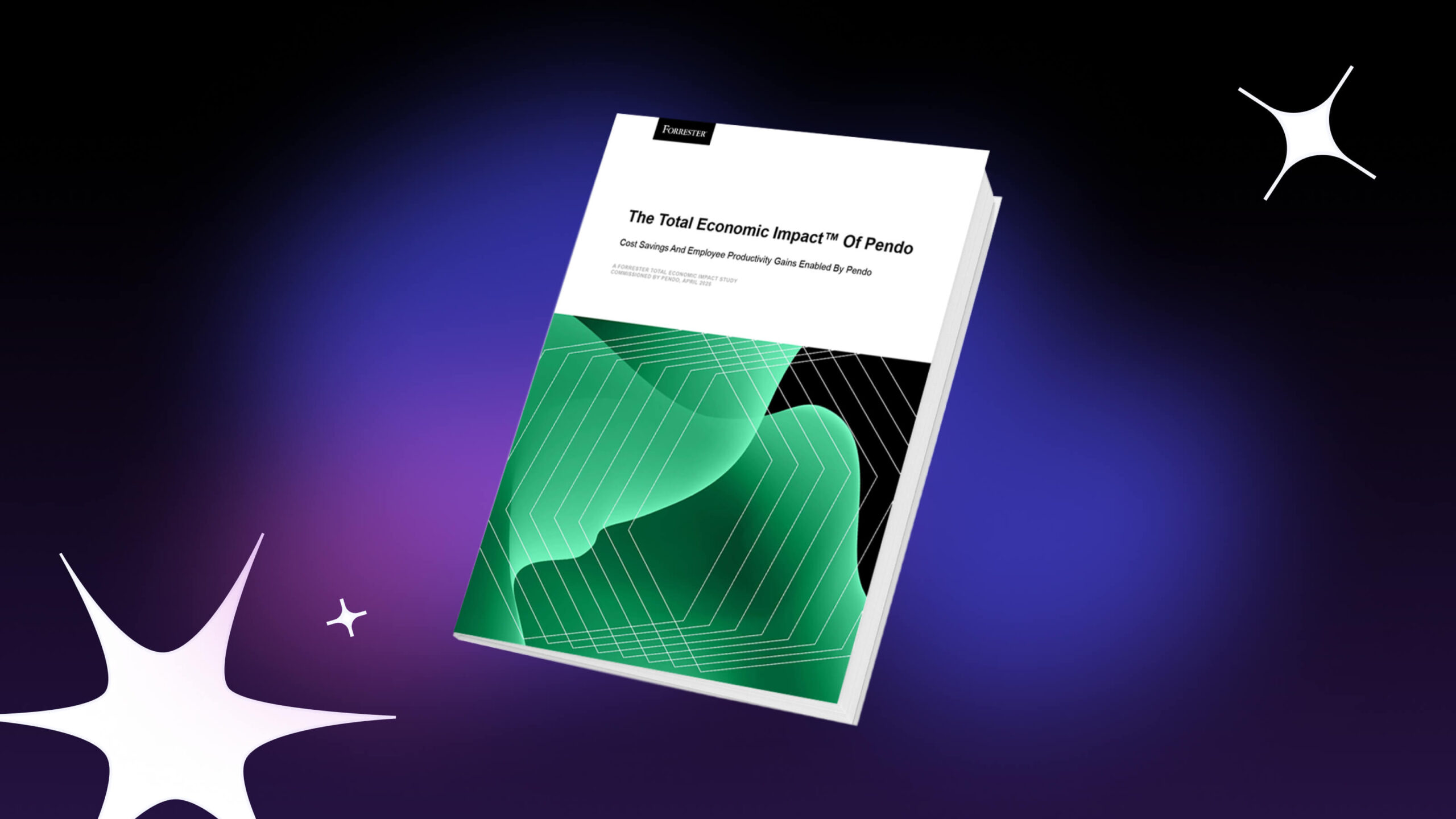One of Pendo’s core values is “Maniacal Focus On the Customer.” It’s not just something we write on the walls or train new hires on. This core value shows up in everything we do, from all our customer interactions, to the actual features you see in our platform.
This customer focus gives us a better understanding of you, our customers. And one of our biggest learnings thus far is that you see Pendo as an extension of your own product. You trust us enough to make our code part of your app. So, we need to care about your users as much as we do our own. And that means all users.
What is web accessibility?
According to the World Wide Web Consortium, web accessibility means that “websites, tools, and technologies are designed and developed so that people with disabilities can use them.” More specifically, it means people can:
-
- Perceive, understand, navigate, and interact with the web
- Contribute to the web
Our product team is hard at work on a number of highly requested enhancements. While we value developing accessible tools and features, this post is not intended to be a commitment to a specific feature or release date, but it should help you understand our priorities and approach.
Pendo’s approach to accessibility
At Pendo, we are in the process of making our products accessible and aligned with international standards such as the World Wide Web Consortium (W3C) Web Content Accessibility Guidelines (WCAG) 2.2 level AA.
We’ve begun working with a trusted third-party vendor to help us on our journey to becoming more accessible. This vendor will work with us on generating Voluntary Product Accessibility Templates (VPATs) and help us prioritize items on our accessibility journey.
Our first initiative focuses on end-user guides and the Resource Center for the web, so that you can make your users’ experience within your products accessible. Building and designing accessible guides is more of an art than a science, so our approach is to give our customers the tools to make their guides accessible. This means that any guide you add to your web product can be made compatible with major assistive technologies, like JAWS and NVDA screen readers for Windows, VoiceOver for MacOS, magnifying software like ZoomText, and more. We have also added a contrast checker to our visual designer to make it easier for guide designers to create accessible guides.
We’re proud of the work that we’ve done, and as we make improvements, we hope our customers recognize our commitment to this space. Accessibility is a journey and we ask that each of you continue to provide us with feedback as we learn and improve our products.
We will keep our community informed by updating this blog post as we make progress in our development and release new functionality.




